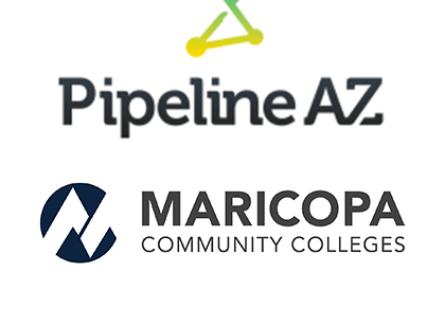This article appears for archival purposes. Any events, programs and/or initiatives mentioned may no longer be applicable.


Job seekers: Use S.T.A.R Method for Answering Tough Interview Questions
Welcome back, veterans and job seekers! The previous two articles in this series discussed top tips and tools to help you discover your next career path, and how to transfer your military skills on your resume. This next article will help you understand the best method for answering tough interview questions. Great communications skills are a necessary requirement that all employers seek. One of the best methods to strategically show a prospective employer that you are a great communicator and problem solver is by using the S.T.A.R. method during an interview.
S.T.A.R. stands for Situation, Task, Action, and Result.
Most employers use behavioral interview questions to discover how skilled you are at problem solving and teamwork. Answering interview questions such as, “Tell me about a time when ...” or “Share an example where ...” can sometimes cause anxiety and nervousness. The S.T.A.R. method helps eliminate this fear by adding concrete examples to validate your experiences and skills. Using this method, you will be able to communicate your story, display confidence, and respond in a clear and organized manner. Remember to keep your answers brief by providing one or two sentences for each letter of the acronym.
SITUATION - Start by setting the scene and describing the situation you were involved in from your military experience, current or previous job, education, personal experience or any relevant event. Choose the most appropriate and business-oriented example you have and one that fits the role for which you are being interviewed. Your answer should express one of your greatest skills or strengths. Keep it brief while providing enough detail for the interviewer to understand what was involved. Example: “We were tasked with bringing in three tons of supplies into a base. But it was night, and raining.”
TASK - Describe the purpose as related to the situation described and describe your responsibility. The task (purpose) should show your skill in solving a difficult, complex problem, situation or task. Example: “My job was to coordinate with the supply and delivery team, and make sure that everything was offloaded, documented, and processed within a four-hour timeframe.”
ACTION – Describe the action you took, data you gathered and used, the process you followed, and how you met the objectives successfully while dealing with obstacles. The task or project must be sufficiently complex for the role. Example: “I had to physically check all the supplies, and then use our software to cross check to make sure that it had been delivered, tracked, and received.”
RESULT – Describe the results you accomplished from the action/s you took. How did you resolve the situation? Did you save time and money for the project? Did you improve your department's response time? Make it easy for employers to understand your impact by using numbers or percentages to describe your results. Example: “There were 14 missing items I discovered, which I was able to get a team together to locate and deliver. In the end, my team finished almost an hour ahead of schedule. I also noted why the supplies that were missing went missing, and was able to bring this to the attention of my supervisors so it wouldn’t happen again in the future.”
Bringing It All Together
It’s all starting to make sense now, right? The full S.T.A.R. question-and-answer is shown below for better understanding.
Question: Tell me about a time when you overcame a challenge.
“We were tasked with bringing in three tons of supplies into a base. But it was night, and raining. My job was to coordinate with the supply and delivery team, and make sure that everything was offloaded, documented, and processed within a four-hour timeframe. I had to physically check all the supplies, and then use our software to cross check to make sure that it had been delivered, tracked, and received. There were 14 missing items I discovered, which I was able to get a team together to locate and deliver. In the end, my team finished almost an hour ahead of schedule. I also noted why the supplies that were missing went missing, and was able to bring this to the attention of my supervisors so it wouldn’t happen again in the future.” (Quote taken from Task, 2016)
To summarize, the S.T.A.R. method will aid you in keeping your answers brief, while expressing your communication and problem solving skills in an effective manner in which the interviewer will appreciate. For more information and assistance with your career search, you can take a career assessment, connect with employers, and apply to job openings at vets.pipelineaz.com.
Reference:
Task and Purpose, 2016; How to play up military strength in a civilian job interview. February 5, 2016. Retrieved from https://taskandpurpose.com/career/how-to-play-up-military-strength-in-a-civilian-job-interview/
Pipeline AZ has created a specialized site for Arizona military and veteran communities. To learn more about job opportunities, connecting with local employers and taking online assessments to help with your career search, please visit https://vets.pipelineaz.com/.
Contributed by Rio Salado College Workforce Development Project Manager-Senior Jane E. Denton and Success Coach-Student Affairs Angela Ambrosia
This blog is created in partnership with the Maricopa County Community Colleges and Pipeline AZ to help military and veteran communities transition back to civilian life, connect and succeed. Funding for this initiative is made possible in part by the Maricopa County Community Colleges Foundation.